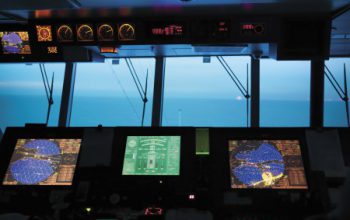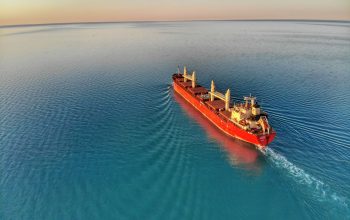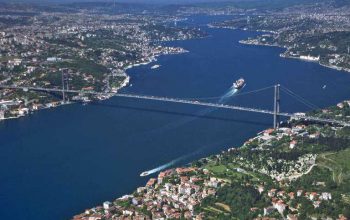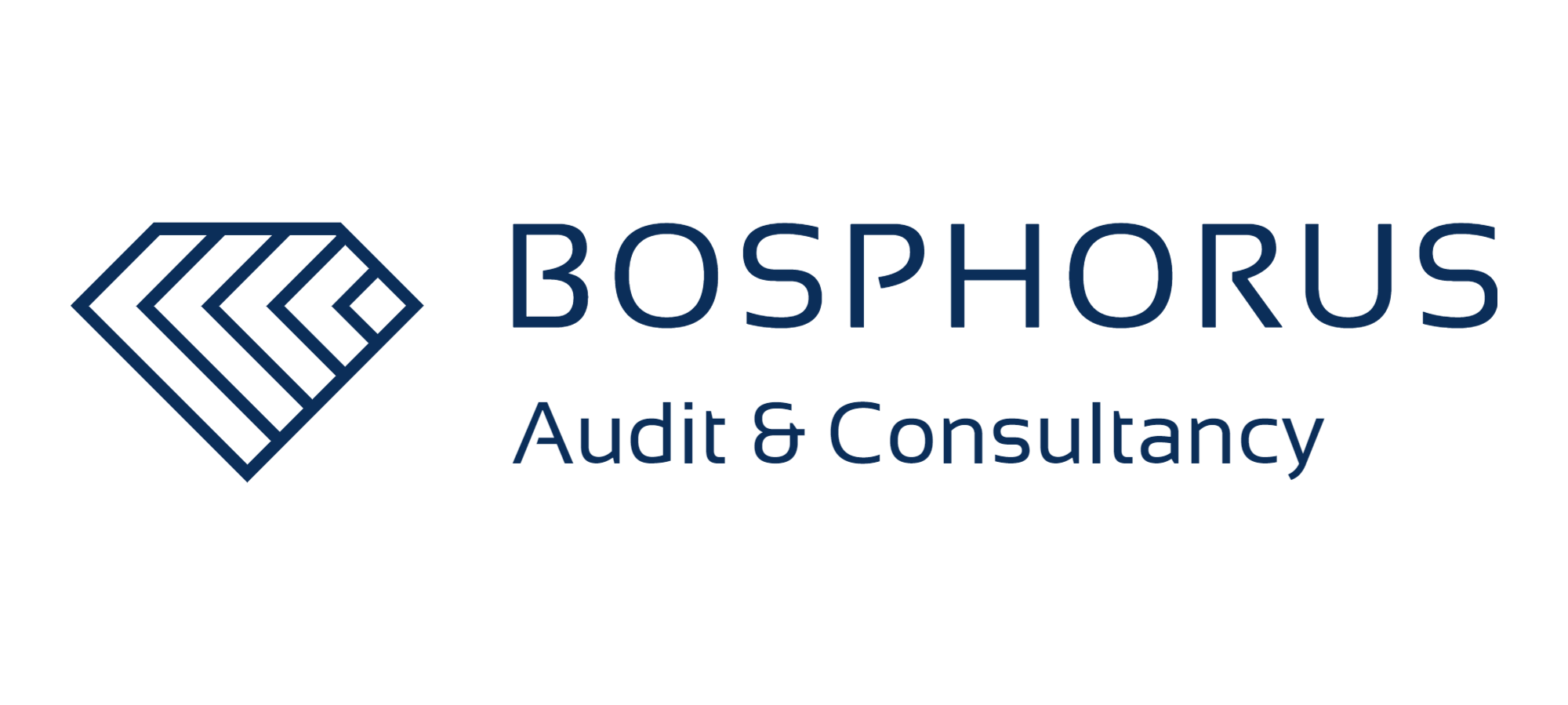REMOTE NAVIGATIONAL ASSESSMENT
Collisions, contact damage/allisions and groundings are commonly categorised as navigational incidents when assessing incident statistics.
Below table provides the details of the relative percentages of the causes of oil tanker casualties in EMSA’s statistics from 2011 to 2018. These figures show that navigational casualties accounted for 48.7% of the total oil tanker casualties reported by EMSA during that period.
As outlined in section 5.2 of OCIMF’s A Guide to Best Practice for Navigational Assessments and Audits, Remote Navigation Assessment/Audit (RNA) offers advantages to traditional onboard audits, including:
• Allowing the assessment to be made in a more natural environment, without any influence due to the presence of an external assessor on the bridge.
• Making a navigational assessment where the trading pattern of the vessel makes it difficult to perform a traditional assessment. (This aspect is also acknowledged in the Tanker Management Self Assessment (TMSA) section 5.4.1 in OCIMF’s A Guide Best Practice Guidance for Navigational Audits).
• Ensuring onboard familiarity with the process of saving and downloading data from the VDR so that, if ever required, data will be available following an incident.
Section 5.2.2 in OCIMF’s Tanker Management and Self Assessment 3 – A Best Practice Guide (TMSA3) also requires that ‘a procedure is in place for appropriate shore-based personnel to conduct navigational verification assessments’. The associated guidance on best practice recommends that a review includes items such as passage plans and navigational records. In the past such reviews have been largely paper-based, which can make it difficult to guarantee their accuracy. However, the latest generation of VDRs is now required to store screenshots from the ECDIS which is in use at that time as the primary means of navigation on board. If there are multiple ECDIS displays in use, and the VDR cannot identify which one is the primary means of navigation, then it should record all of them.


HUMAN FACTOR
It has been estimated that 75-96% of marine accidents can involve human error (see Allianz Global Corporate & Specialty’s Safety and Shipping 1912-2012. From Titanic to Costa Concordia). In addition, analysis of almost 15,000 marine liability insurance claims between 2011 and 2016 showed human error to be a primary factor in 75% of the value of all claims analysed (see Allianz Global Corporate & Specialty’s Safety & Shipping Review 2019). It is evident that the major causes of collisions and groundings will be human factors and navigation-related rather than due to factors such as equipment failure or weather. This indicates that there is opportunity to reduce the incidence of such accidents further. One of the ways this could be achieved is via VDR data, either through the promotion of lessons learned from previous incidents, or by proactive review of VDR data on a regular basis, e.g. by conducting remote navigational assessments and audits.

STATIC VESSEL ACTIVITY AT THE TIME OF NAVIGATION INCIDENT
The OCIMF SIRE incident repository (as of 25 November 2019) contains 394 records related to navigational incidents. When reporting an incident into this database, it is possible to include a description of the incident along with further items such as primary and secondary consequences, type of activity, location, severity and root cause(s). The type of location in which incidents happened is particularly interesting as it provides an insight into where the risk of navigational incidents is greatest during a voyage. The distribution of navigational incidents in different location types is shown in figure 2. Considering the rates at which vessels will be in each location type, it appears that the risk of navigational incidents is greatest when in port areas and restricted waters (effectively all the location types shown except for ‘Coastal Waters’ and ‘Deep Sea’). Navigational assessments and audits could have a greatest impact on incident statistics if focussed on these locations.
PROCEDURE
• The client sends in the VDR data along with copies of relevant voyage documents and charts (on memory stick, DVD, or over the Internet)
• Our trained auditor carries out a review of Bridge Team procedures, VDR data, passage plan, voyage documents, etc. against company policies and industry best practices
• The auditor’s review of the VDR data is performed using analysis software which has been developed in conjunction with national accident investigation authorities. This ensures that the most comprehensive level of analysis can be consistently applied to the data, independent of the VDR make/model
• The auditor produces a written report with observations and recommendations based on the findings
• Each audit report includes screenshots, and a video clip where required to illustrate any key points
• The reports and video clips are reviewed by management prior to issue, and digital delivery to your e-mail inbox
ADVANTAGES
• The reports and video clips are reviewed by management prior to issue, and digital delivery to your e-mail inbox
• Choice of the time period/location for the audit (i.e. the client chooses the approach to a particular port, or transit through a TSS etc. to target known or suspected problem areas/ships for the audit)
• Known/fixed fee costs (i.e. saves on the variable travel and waiting times/costs of conventional audits)
• No impact on Bridge Team by presence of the auditor, enables actual routine practices and procedures to be reviewed
• Depth of review – e.g. the data can be paused/replayed by the auditor more than once to check exactly what’s happened, in a way that’s not possible with a conventional audit
Frequently Asked Questions
Still open questions?
There is a comprehensive list for required data and documents in order to carry out remote navigation assessment such as navigation check lists, passage planning and data from the bridge equipment, and of course the VDR data. The list will be submitted upon request.
We have the most of the VDR playback software, hence also all VDR’s supplied with playback software or installed inside the VDR. If we do not have the mentioned VDR playback software. The software will also send with data to us.
Most of the ECDIS are not able to extract playback data but some have. If applicable we will also request ECDIS playback data. At least we will request ECDIS track management and passage log data.
After receiving requested data and documents. The assessor will check the all navigation data on the VDR and cross check with all available documents. After extensive controls and check the report will be submitted as draft. Once the draft report approved will be submitted as final.
Most of VDR is connected the radar, the radar pictures are saved on the VDR for each minute. Some of the new generation VDR also connected with ECDIS pictures. In that case, radar and/or ECDIS video will be submitted and the gaps will highlighted on the video if any.
There is no any extra cost for the remote navigational assessment. It is confirmed before approval of the company. For further information please contact with info@bosphorusaudit.com
SAFE & SECURE
You benefit from our experience in delivering effective solutions with the complex global partners. Solutions are tailored and unique for the client, communications and exchanges are confidential.
FAST DELIVERY
You benefit from every innovation, experienced consultants will reach targets in planned time.
24/7 Support
All of which explains why you’ll find the team of outstanding support at maritime ready to apply their passion for solutions in support of your business.
